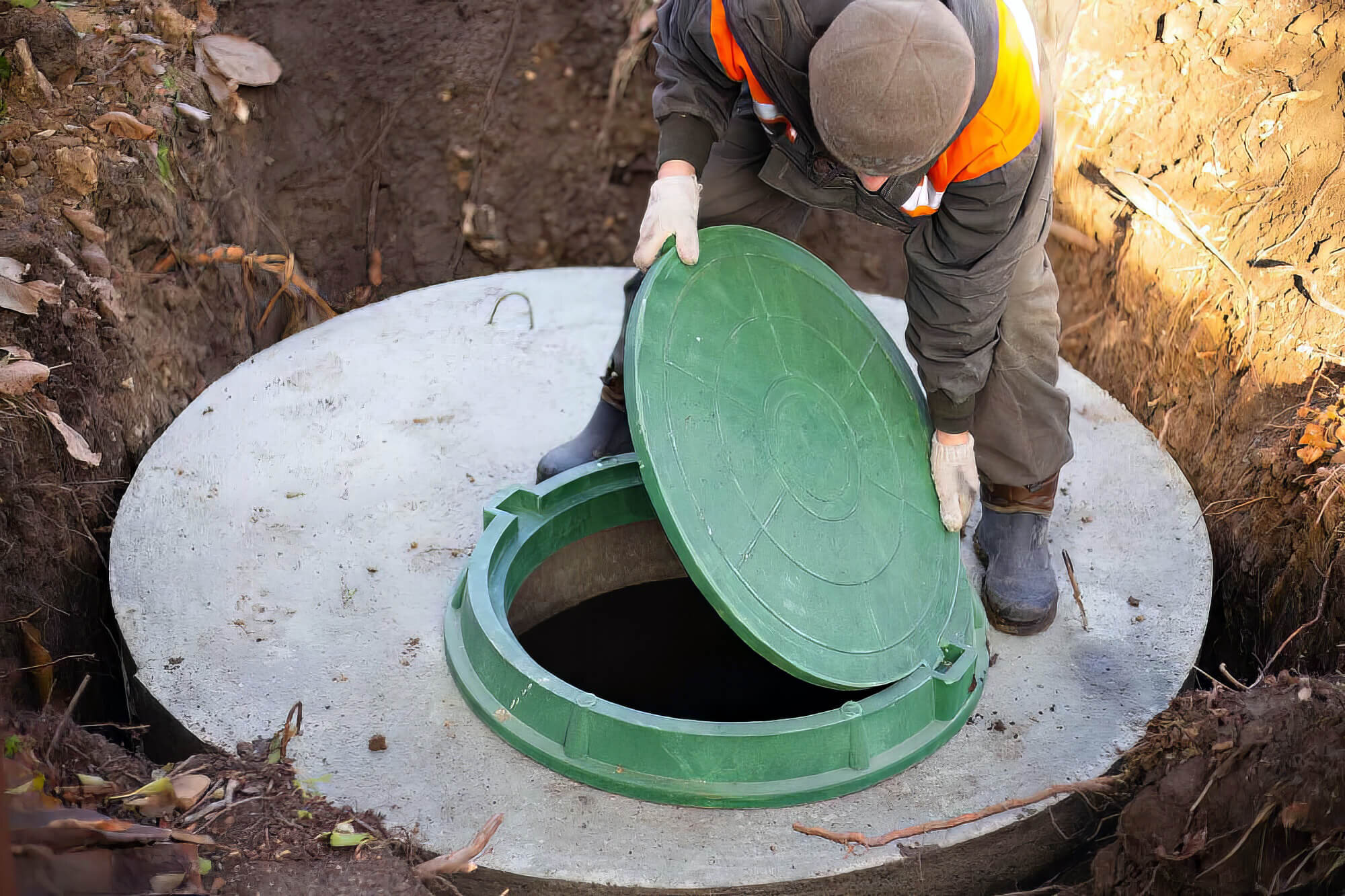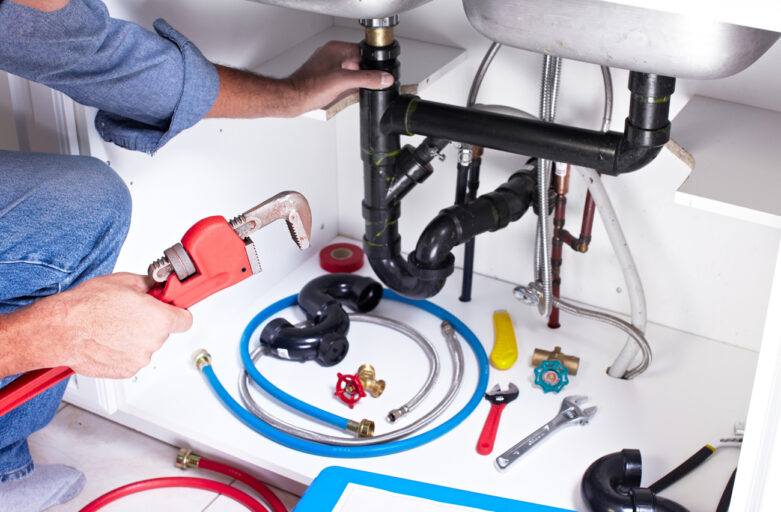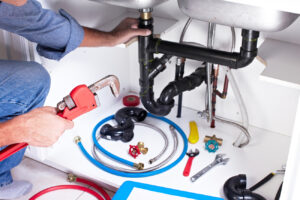Link Juice is a term used in SEO to refer to the positive ranking factors that pass from one web page to another. This can be done through both internal and external links. It is important to track this metric to improve your search engine rankings.
Having high-quality juice-passing links is key to improving your rank. These can be obtained from other websites and blogs in your niche.

Link Juice is a term used by SEO professionals to describe the amount of value that a page passes to other pages on a website. Various factors, including the number of links on a page, the quality of those links, and the relevance of the content on the linked pages can determine it. It is important to distribute Link Juice evenly throughout a website, so that each important page has an equal chance of ranking well.
One way to increase Link Juice is to create high-quality, informative content that draws people to your site. Another way is to build relationships with other website owners in your niche. Exchanging links with other websites is a great way to get more exposure and boost your PageRank. It is also a good idea to post on popular blogs in your industry. This will help you attract more traffic and build your reputation as an expert in your field.
The location of a link also plays a role in how much Link Juice it passes. If the link is in the body of a blog, it will pass more equity than if it was in the footer. In addition, the higher the link is in the document, the more equity it will pass. Link Juice is also affected by the use of “nofollow” tags. Using nofollow tags tells Google not to crawl the link and will prevent it from passing authority. This can be a major problem for sites that want to maximize their Link Juice.
To maximize the amount of Link Juice a web page passes, it is important to ensure that it has a high PageRank and has lots of relevant inbound links. In addition, the links on a page should be of a high quality. For example, a link to a web page about digital marketing tactics would pass more Link Juice than a link to a page about Margherita recipes.
In addition, you can use redirects to transfer Link Juice from a less-important page to a more important page. However, you should be careful not to overdo this. Too many redirects can cause a website to become over-optimized, leading to penalties from search engines like Google.
Content marketing is a way to promote a business through generating high-quality content that attracts links. The quality of a website’s content has a direct impact on its ranking in search engines. To ensure that your page is ranking high, you must have a content strategy that is relevant to your audience and industry. Using the right keywords, incorporating LSI words, and having a unique approach are all essential elements to success in content marketing.
To improve the efficiency of your content, use a tool like Searchmetrics Link Optimization to clean up broken links that waste link juice and identify new opportunities for optimization. The tool also recognizes the value of internal links and can help you create a more efficient structure to pass on link equity to pages that need it.
When building links, try to focus on those from reputable sources that have a high Domain Authority. This is important because it demonstrates to search engine algorithms that your content is of value. You can check the domain authority of a site using tools such as Moz Open Site Explorer or Ahrefs’ Website Authority Checker.
In addition to promoting your content on social media, you can also increase the number of inbound links by writing guest posts on other sites. This will not only boost your SEO, but it will also create relationships with other websites in your niche. Moreover, it will provide your brand with a great deal of visibility and exposure.
Aside from linking to the best sources, you must also make sure that your links are relevant. For example, a link to a report from an authoritative news site will be more valuable than one to a local blog. This is because the authority of the news site is higher than that of the local blog.
Another way to optimize Link Juice is to use a silo structure for your site. The most important pages should rank highest in SERPs. This will allow you to send equity from pages with a lot of links to those that need it. In addition, this will help you improve your navigation.
Link juice is a term used in the SEO industry to describe the value or authority that passes from one page or website to another through hyperlinks. A well-constructed link profile can help a webpage gain visibility in search engine results pages (SERPs). A website can build its link juice by using various methods, including promoting content on other websites and blogs, and through paid advertisements. However, not all methods of acquiring links are equal. For example, some techniques may be considered spammy and could damage a site’s credibility in the eyes of Google.
Moreover, the quality of the links that a webpage attracts is important to its overall rank. In the case of a high-ranking page, it will attract more links that are of higher quality. These links will pass more link juice to other pages on the site. Consequently, it is crucial to use link building strategies that promote the content of your website and attract more links from trustworthy sources.
In addition, a good way to increase the flow of link juice is through the use of internal links. A well-organized system of links shows the hierarchy of your site and helps search engines understand how your content is related. This, in turn, boosts the ranking of individual pages and keeps the whole site healthy.
A judicious combination of both dofollow and nofollow links is essential for a website to maintain a healthy link juice flow. This will ensure that your site gets the most out of its SEO rankings. Achieving this requires a thorough link-building strategy, as well as frequent backlink audits to avoid penalty by Google. You should also focus on linking to authoritative sites that are relevant to your business. You should also make sure that you have the right balance between outgoing and incoming links.
When a page links to an external webpage, it passes some of its ranking potential to that page. In turn, that page may pass some of its Link Juice to other pages on the site via internal linking. This process helps search engines evaluate the quality of a website and its content. It also helps search engines understand how the website is structured and what it is trying to accomplish.
This is why a well-organized and structured website is important for SEO. Many different philosophies and tactics for moving Link Juice to other pages on your site and keeping it on your site have been developed by SEOs over the years. These tactics have changed and morphed as Google has tweaked its algorithm.
One way to increase your Link Juice is to focus on creating high-quality content that positions you as an expert in your field. This will attract natural backlinks and help you rank higher in the SERPs. Another method is to build relationships with other websites in your niche and create guest blog posts. In return, these sites will link to your content.
You can also try to generate social media buzz about your brand, which will lead to increased traffic and improved visibility. However, this should not be the only goal of your marketing strategy. Rather, it should be used to attract more qualified leads and to improve the conversion rate of your website.
There are several tools that can help you determine how much Link Juice a page has. These include Moz Open Site Explorer, Ahrefs and SEMrush. While they all have their own algorithms, they provide accurate and useful data. However, it is important to keep in mind that the amount of Link Juice a page has does not guarantee its rank.
In a rare case of annoyance, Google’s search advocate John Mueller dismissed the term “link juice.” He said that it was akin to the “snake oil” that fringe SEO practitioners still offer. Although this statement is controversial, it makes sense. Google’s rankings depend on a variety of factors, including the quality and quantity of its inbound links.



